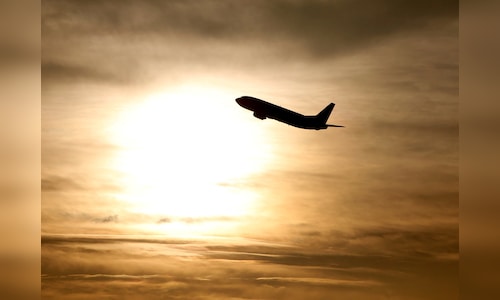While many don’t fully realise the consequences of such actions, a recent incident on an Air India flight from Chicago to Delhi highlighted just how problematic this behavior can be. On March 5, some unknown passengers on Air India’s flight AI 126 flushed items into the toilets, causing a clog in eight out of the 12 toilets on the Boeing 777.
The flight took off from Chicago at 4:45 am and had been in the air for about 1 hour and 45 minutes when the crew noticed several lavatories in the Business and Economy class were out of service. Soon, eight toilets became unusable. With limited diversion options in Europe due to night restrictions, the pilots decided to return to Chicago, as flying 15 hours with only four working toilets would have been a major inconvenience.
A single clogged toilet can create problems across the plane since they’re all connected. If something large is flushed, it can block multiple toilets. Airlines check everything—including toilets, lights, and emergency kits—before every flight. However, cabin crew say such issues are more common on Indian airlines, especially on ultra-long-haul flights, where many first-time flyers may not know what shouldn’t be flushed.
Sometimes, passengers flush items like full blankets in an attempt to hide urine or vomit, perhaps due to embarrassment or fear of being judged. Others may flush plastic bottles they use to clean themselves and the powerful suction of the toilet pulls these items into the pipes, eventually causing blockages.
There have even been instances of passengers losing gold rings, diamond rings, or even phones after they accidentally fell into the toilet.
To avoid these issues, airlines may need to increase awareness among passengers, providing clear guidance in multiple languages. This could help reassure passengers that there is no need to panic if they dirty something and that there are proper ways to dispose of such items.

